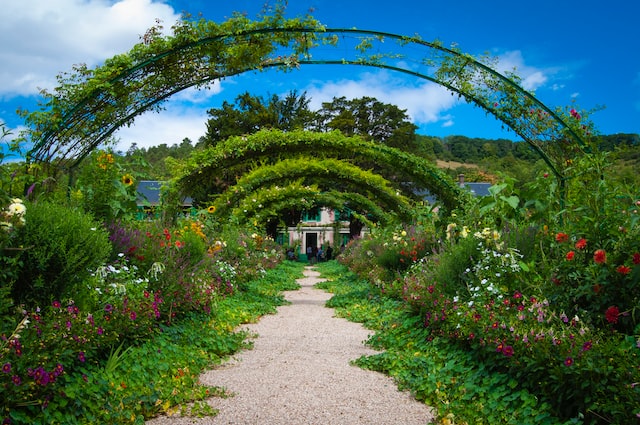‘Amrit Udian’, formerly known as Mughal Gardens, will be open to the public from 31 January 2023. Photo credit: PTI
Story so far: Rashtrapati Bhavan Gardens, commonly known as Mughal Gardens, was renamed Amrit Udian on 28 January 2023. Open to the public each spring, the Mughal Gardens are a popular tourist attraction in New Delhi.
“On the occasion of celebrating the 75th anniversary of independence as Azadi Ka Amrit Mahotsav, the President of India is delighted to give the Rashtrapati Bhavan Gardens a common name as Amrit Udian,” said Nabika Gupta, Drupadi A deputy spokesman for President Murum said in a statement.
Amrit Udian has been open to the public since Tuesday and will remain so until March 26, 2023.
Did the Mughals build Mughal gardens?
No. The Mughal Gardens were designed by Sir Edwin Lutyens, the British architect who planned most of New Delhi.
The British rulers of India decided in 1911 to move the capital from Calcutta to Delhi. The move was announced at the coronation of King George in Durbar, Delhi on December 12, 1911.
Lord Lutyens was chosen to advise on the Delhi plan in 1912. His team chose Raisina Hill, south of the Presidential Palace. This was called the Viceroy’s House because the northern site was close to the Yamuna River and vulnerable to flooding.
Construction of the Presidential Palace took over 17 years and cost an estimated £14 million. On 6 April 1929 Lord Irwin, Governor-General of India, became the first resident.
When India became independent on August 15, 1947, the name of the Governor’s House was changed to Governor’s Palace. During Dr. Rajendra Prasad’s tenure Rashtrapati was changed to his Bhavan.
Why were the Mughal Gardens so named?
Like the rest of Rashtrapati Bhavan, the attached Mughal Gardens (now Amrit Udyan) were also designed by Lord Lutyens to house elements of Indian landscaping and English-style architecture.
Mughal gardens were heavily influenced by Persian (now Iranian) gardens. A defining feature of these gardens is the Charburg Also chahalva Layout – Dividing the garden space into four parts by walkways and waterways. Most of these gardens are terraced. This style can be seen throughout the lands ruled by the Mughal Empire, including the Taj Mahal in Agra, Humayun’s Tomb in Delhi and Nishat Bagh in Kashmir. The gardens surrounding the mausoleum are crossed by walkways in the middle where the building/tomb is usually located (as seen around Humayun’s Tomb).
Babur, the founder of the Mughal dynasty, was the first to come up with this idea for a symmetrical Mughal garden.According to an excerpt from his memoir Bubble Namathe gardens were to be “arranged in order and symmetry, with proper borders and flowerbeds at every corner, and roses and daffodils perfectly placed on every border.”
Recent additions to the garden
Over the years, new elements have been added to the Mughal gardens. Former APJ President Abdul Kalam created an herb garden in 2002 on his Bhavan estate in Rashtrapati. He also added a spiritual garden and a musical garden to what is now Amrit his Udian.



